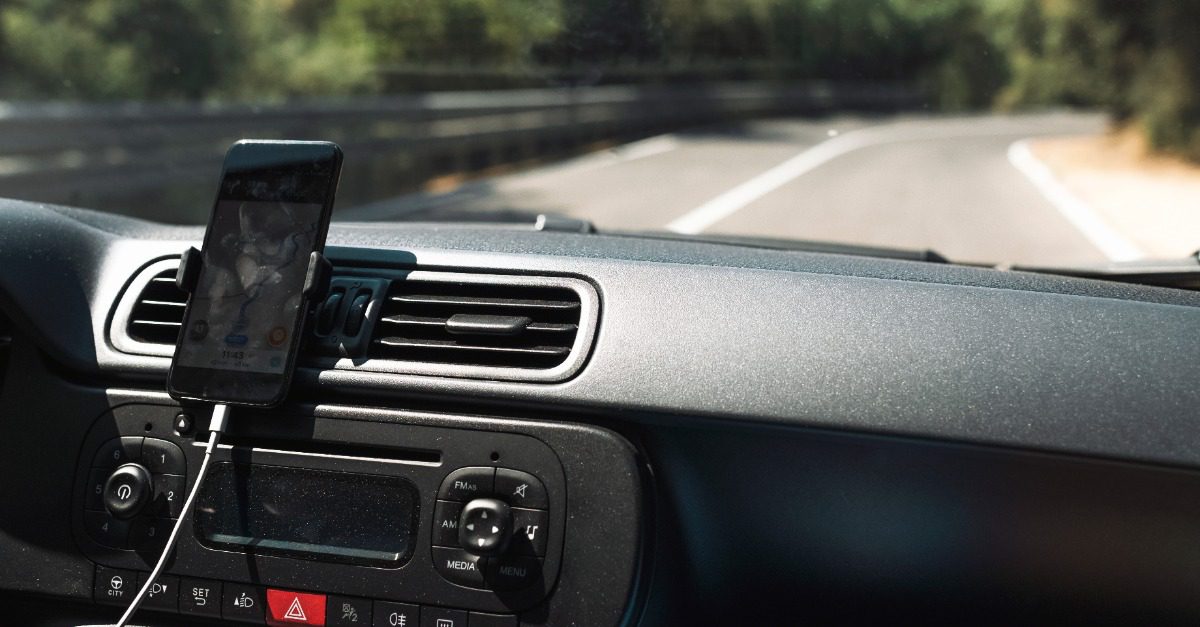iPhone Crash Detection and Collision Reconstruction

Timothy R. Primrose, Mobile Forensic Analyst
Apple’s iPhone 14 has a new feature called crash detection. This feature is designed to detect when a user has been involved in a car accident and assist in alerting emergency services. While this feature offers users reassurance for their safety in the event of a collision, the development of this technology can also be viewed as an innovation related to the automotive industry. That being said, how will crash detection technology impact the collision reconstruction industry?
The iPhone 14’s crash detection system is designed to utilize the device’s accelerometer and gyroscope. An accelerometer is a sensor designed to measure changes in acceleration, or the rate at which the object’s velocity changes over time. In the context of the iPhone 14’s crash detection feature, the accelerometer is used to measure the device’s acceleration during a sudden impact or collision. When the device experiences a sudden jolt or acceleration, such as in a car crash, the accelerometer detects this change and sends a signal to the device’s software to trigger the crash detection feature.
A gyroscope, on the other hand, measures the device’s orientation or angular velocity. This is what triggers your screen to switch from portrait to landscape if you turn your phone on its side to view a picture. This sensor also allows the device to detect when the device has been rotated or tilted in a sudden or abnormal way, which can be another indication of a potential crash or impact.
By combining the data from the accelerometer and the gyroscope, the iPhone 14’s crash detection feature is able to detect sudden changes in motion and orientation that may indicate a potential crash. These sensors are capable of detecting when the device is involved in a high-speed impact or collision, while low-speed or minor accidents may not be detected. When the sensors detect a crash, the device will automatically alert the user and give them the option to call emergency services. The user can also choose to share their location and other important details with emergency services, which can help expedite response times.
While the device’s accelerometer and gyroscope can detect significant impacts and sudden changes in movement, they are not capable of recording the detailed data that a traditional event data recorder (EDR) installed in vehicles can capture. EDRs are specifically designed to record and store detailed data about a vehicle’s performance and driver behavior directly leading up to and during a crash. This data can include vehicle speed, brake status, throttle position, seat belt usage, airbag deployment, and more. The iPhone 14’s crash detection feature is not a replacement for EDRs, but rather something to assist vehicle occupants in addition to seat belts and airbags.
Overall, the iPhone 14’s crash detection is a significant development adjacent to the automotive industry. While it may not replace traditional EDRs, this feature could still provide valuable information for collision reconstructions. It is important, however, to understand the limitations of the technology and utilize the associated data in conjunction with other tools and techniques to ensure accuracy throughout collision reconstruction processes.
Tags: Event Data Recorder | Industry Innovation | Phone


